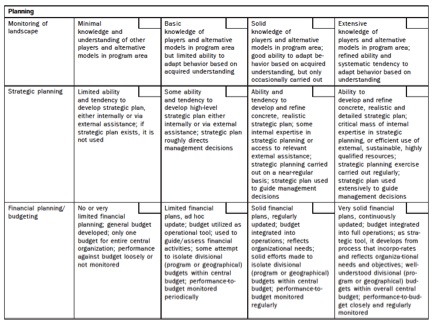 Movie still from The Phantom Tollbooth, via Ugo
Movie still from The Phantom Tollbooth, via Ugo
Did you know that this year is the 50th anniversary of the classic children’s book The Phantom Tollbooth? I read a lot and I worked for 5 years making books for the largest trade publisher in the world, but I’ll admit that I haven’t read Tollbooth – I saw the classic movie as a kid, and its timeless messages have stayed with me all these years. Here’s the summary: a bored little boy named Milo is set on a quest to restore peace and alliance between the divided brothers of numbers-only Digitopolis and words-only Dictionopolis by rescuing the banished sisters Rhyme and Reason, who were made prisoners in the Castle in the Air for their insistence that numbers and letters are equally important. The songs and animation are priceless (I just convinced myself to go on to Amazon to get the DVD).
Why am I even bringing this up? Well, haven’t I been talking all along about how Impact Assessment can’t just be numbers and can’t just be stories? Like Milo, Impact Assessment Model builders and users must find a way to unite words and numbers in order to examine the actions and impact of mission-driven organizations and CSR programs, so that we can always be improving.
That is why I was so excited to see the McKinsey Capacity Assessment Grid. I found out about it through a post on TRASI that announced a crowdsourcing opportunity to help build a “better, more accessible Organizational Capacity Assessment Tool (OCAT),” which McKinsey and Venture Philanthropy Partners developed ten years ago in order to “help nonprofits better assess their operational capacity and identify areas that need improvement.” Assessing capacity doesn’t quite sound like assessing impact, although assessing impact does include assessing capacity. Did that make sense? Either way, the OCAT is a great example of a tool meant to improve the work of a mission-driven organization. That is the same goal as an SIA, so we can look to the tool as a model.
The grid has written descriptions for different areas of organizational capacity (strategy, organizational skills, human resources) and at different levels of capacity for each (1=clear need for increased capacity, through 4=high level of capacity in place). Organizations can score themselves to better understand where they are currently, and they can look ahead to where they want to be. If we need to put numbers to something, this is an interesting way to do it. I haven’t seen a rating system that actually tries to describe impact on a scale between something like “clear need for improved impact,” “basic level/non-transformational impact,” “moderate level of impact,” and “transformational impact.” But I like that way of thinking – we might be on to something here.
Here are some of the parts of the OCAT grid I picked out that I thought had the most relevance to a potential impact assessment tool. Let me know what you think – can we use this model to create an impact assessment tool? You can also visit the McKinsey website to view the full OCAT, and take a survey to add your opinions and suggestions of how version 2.0 can be made even better.




